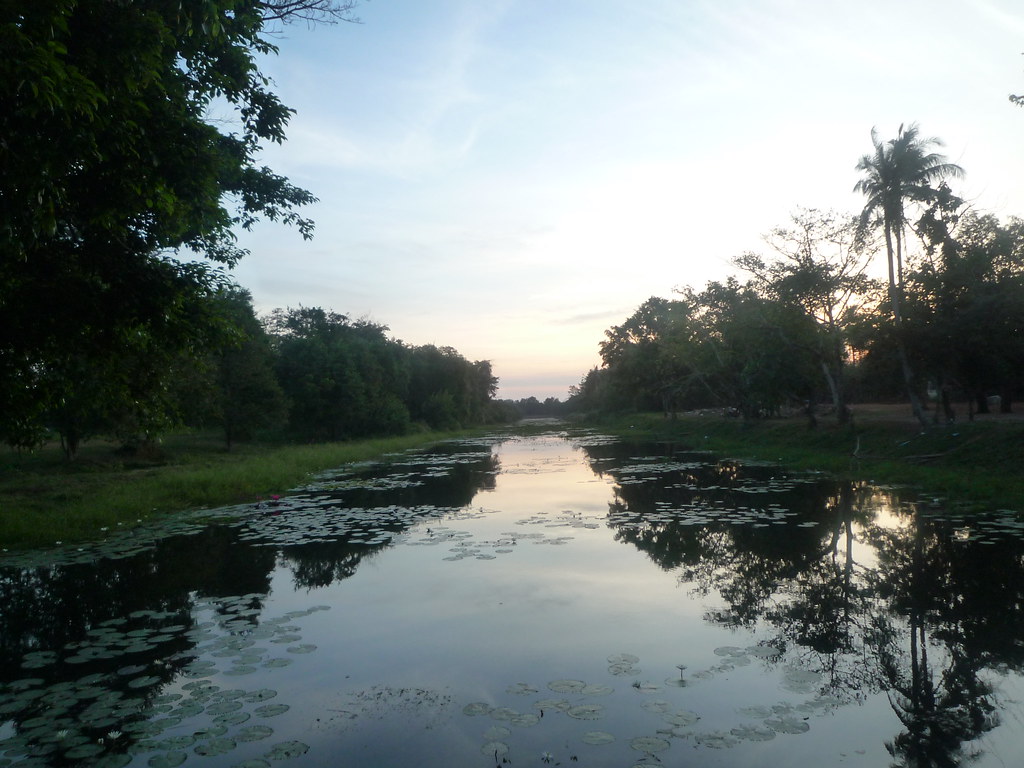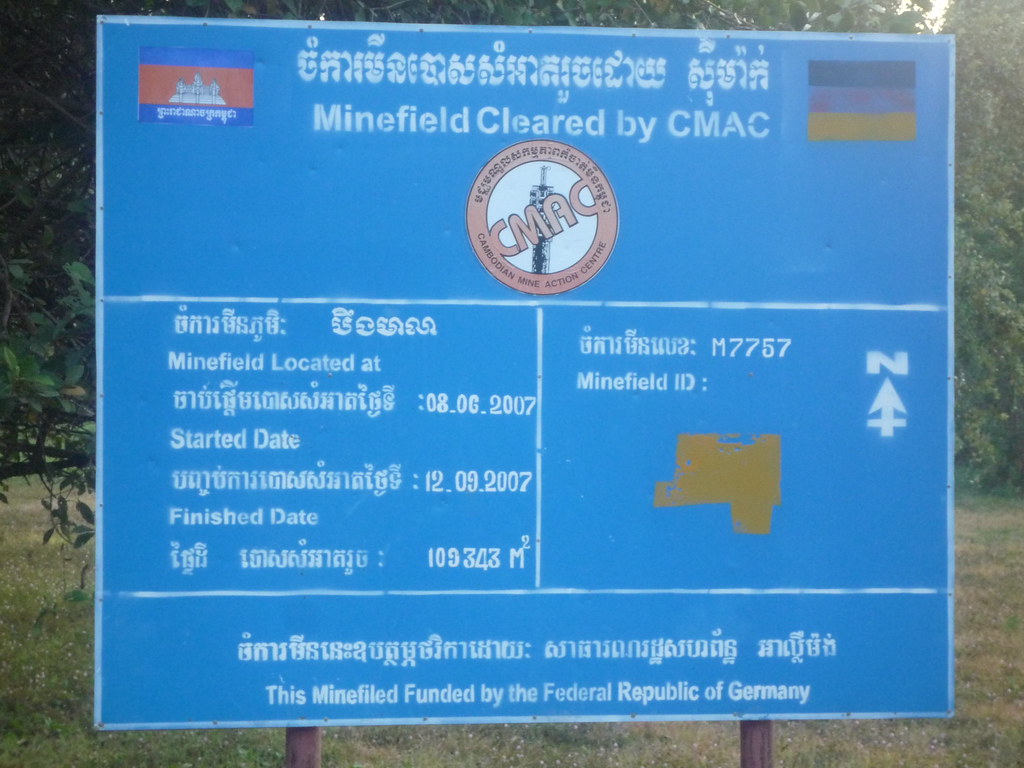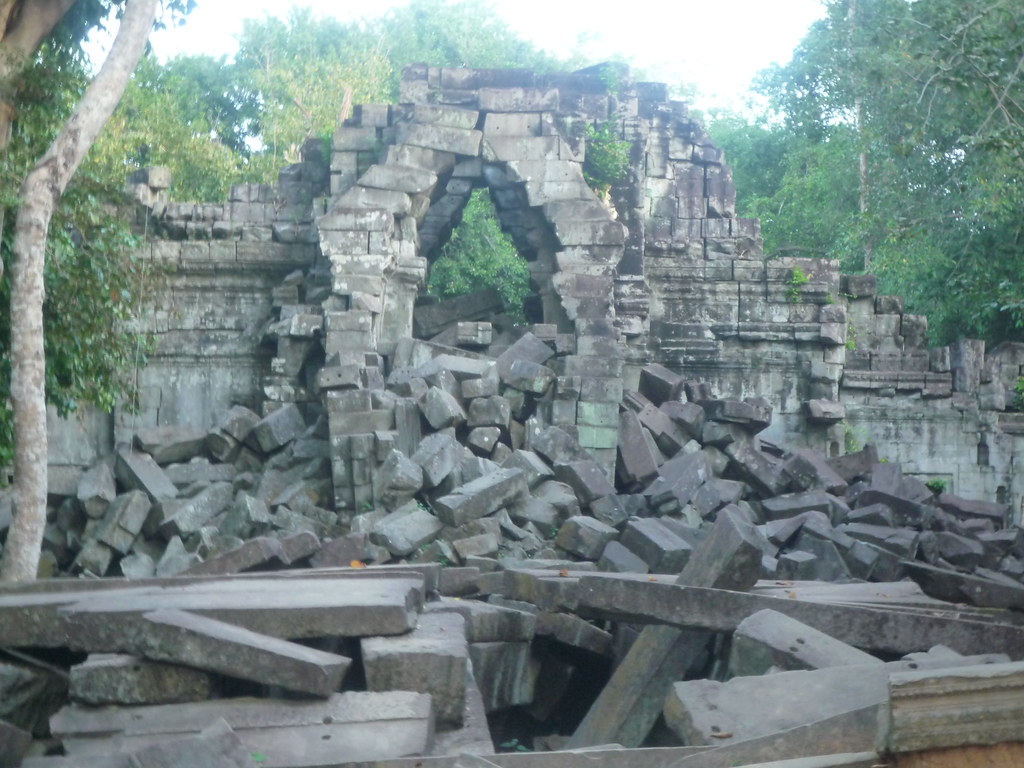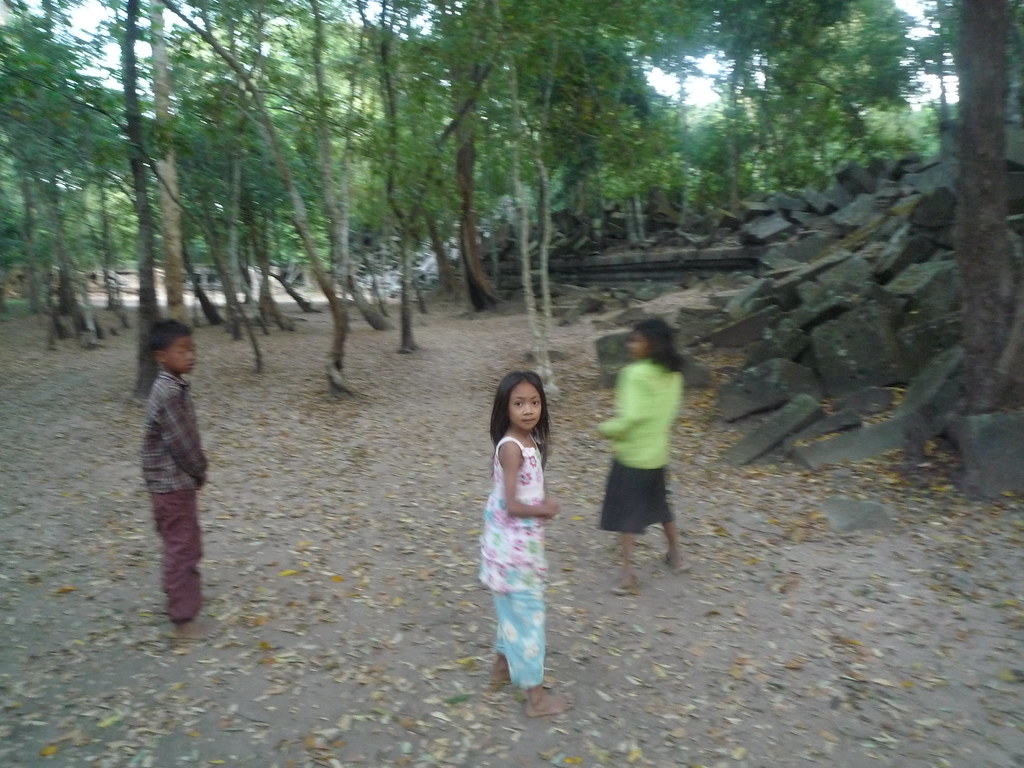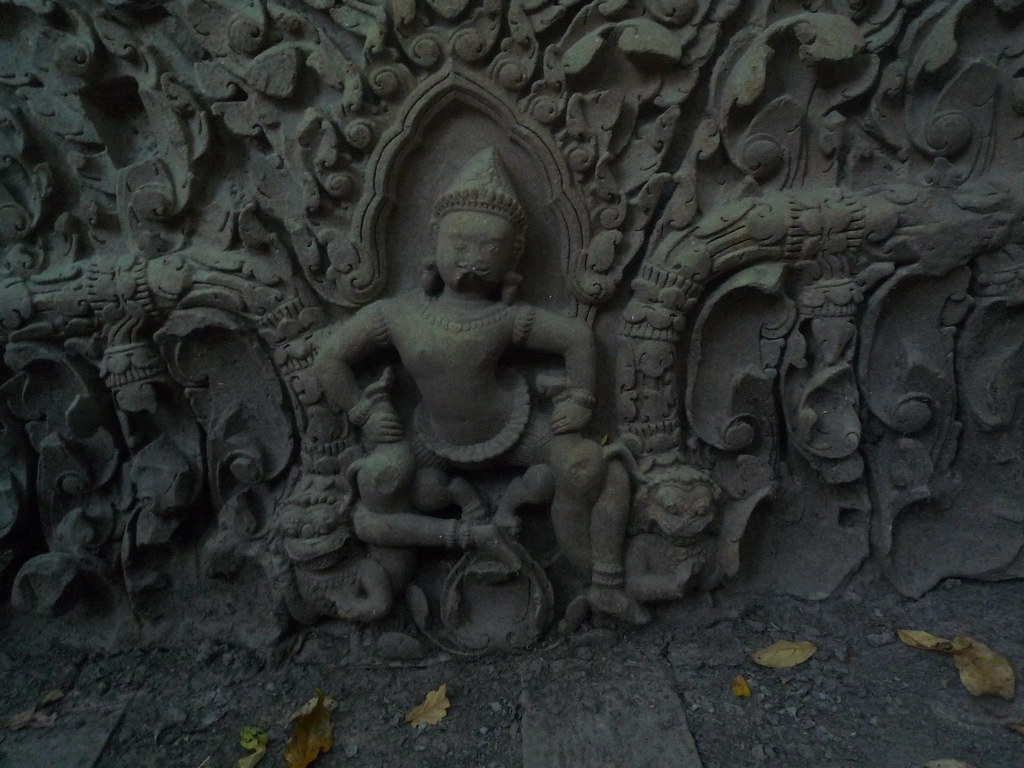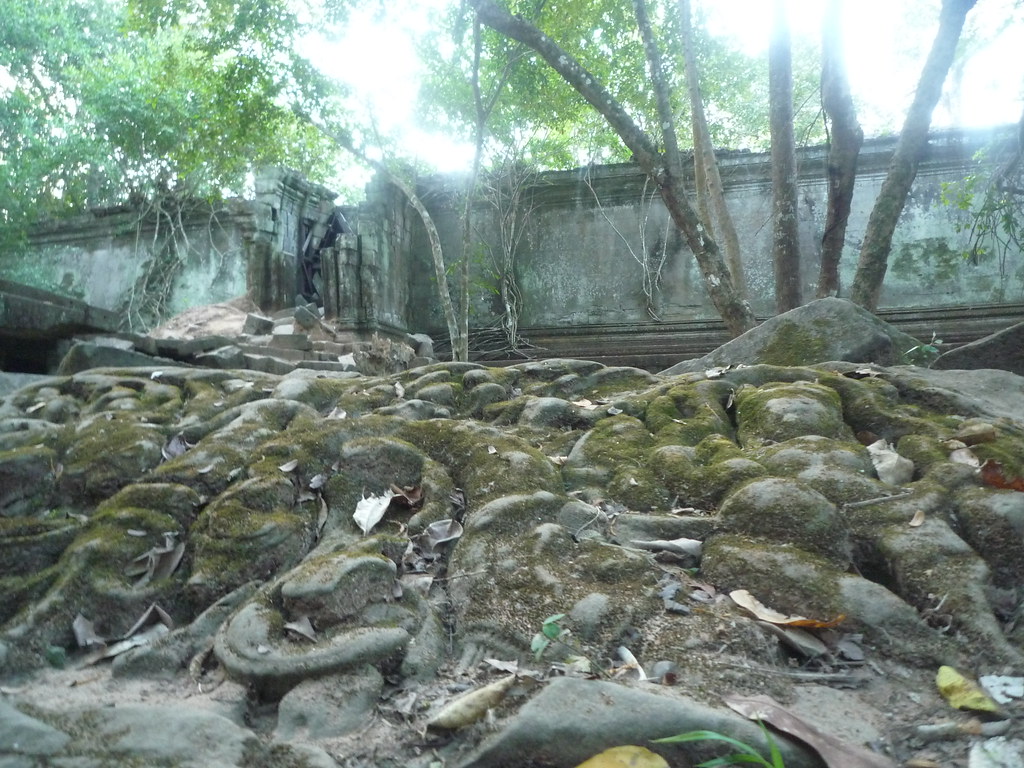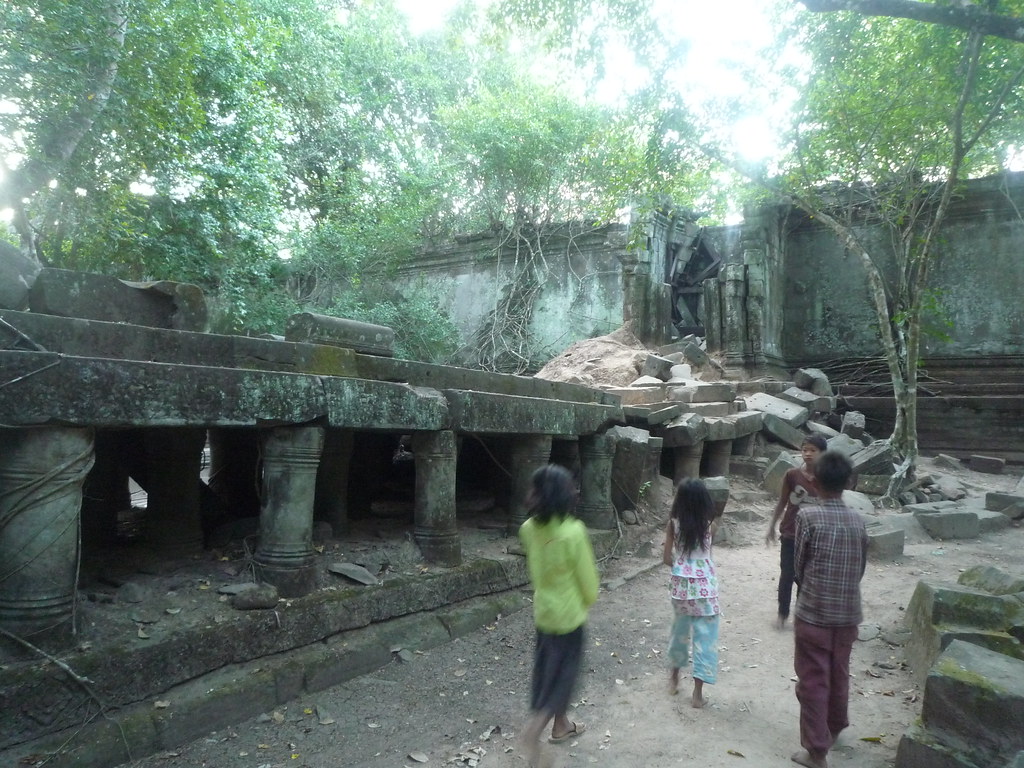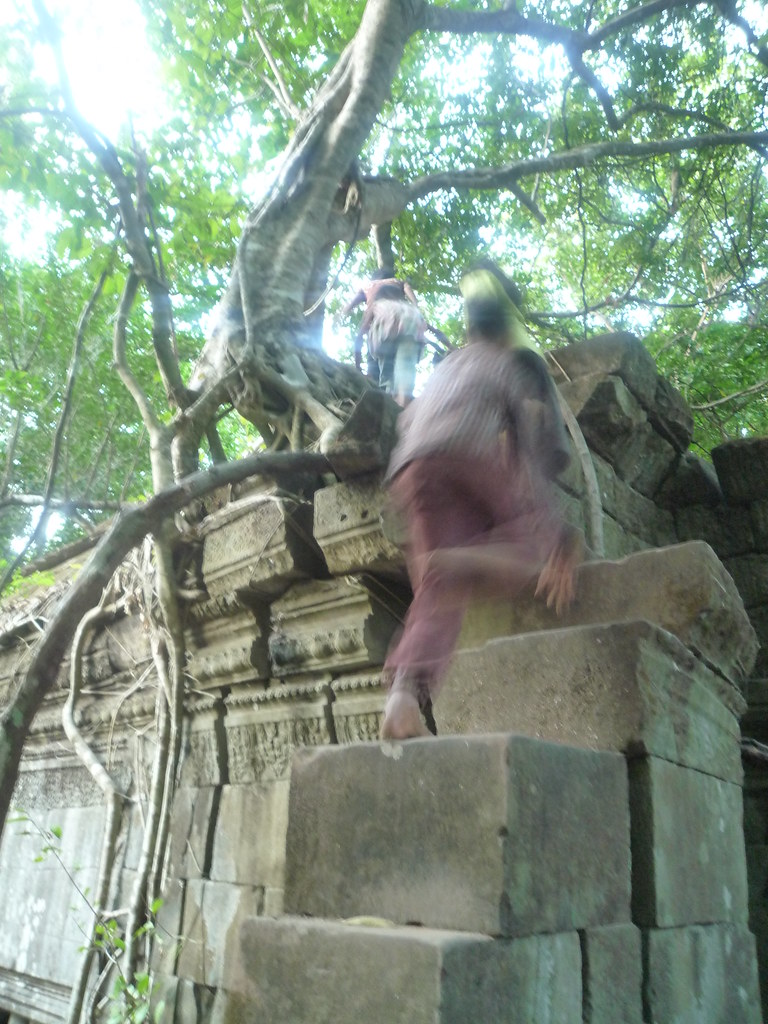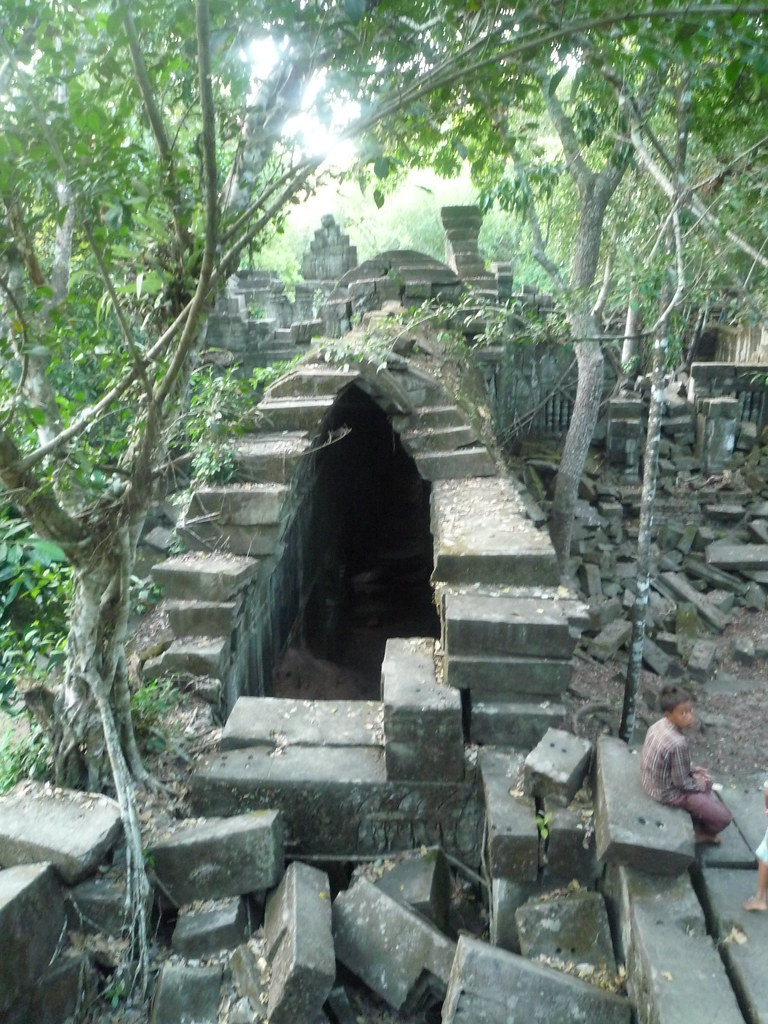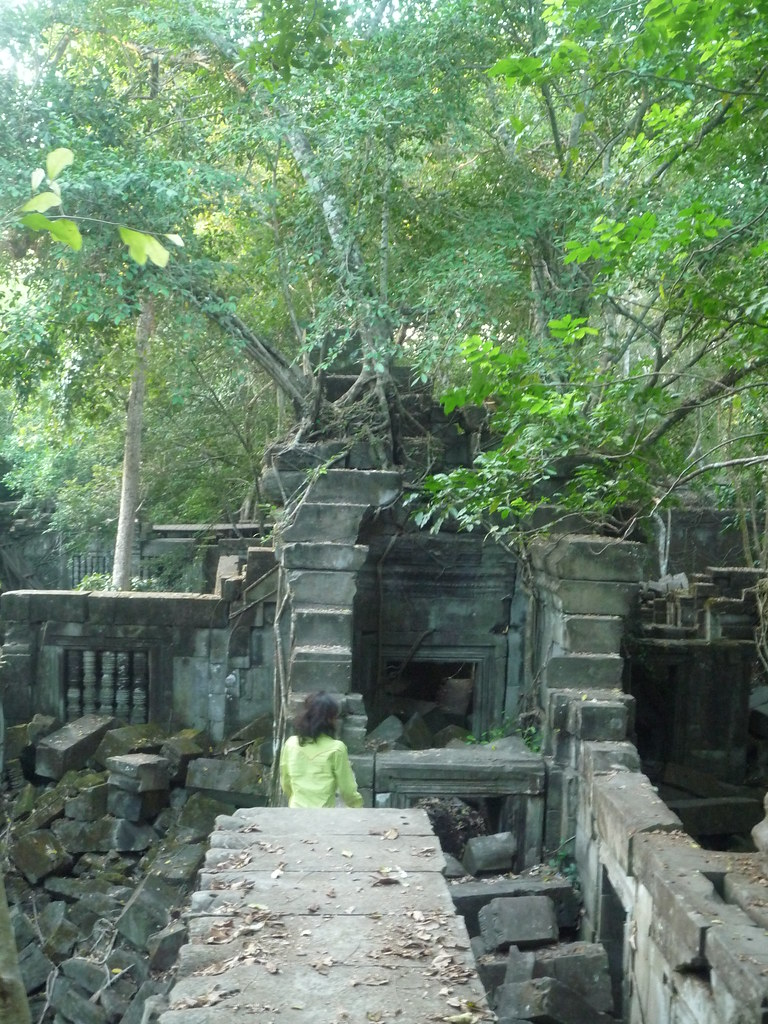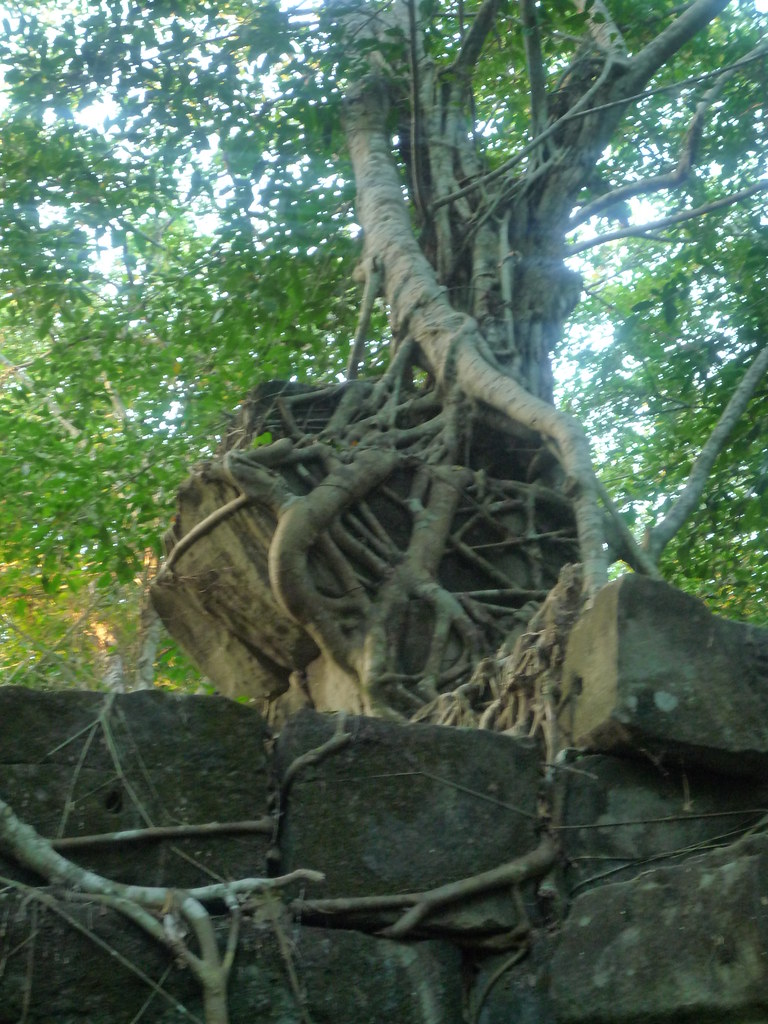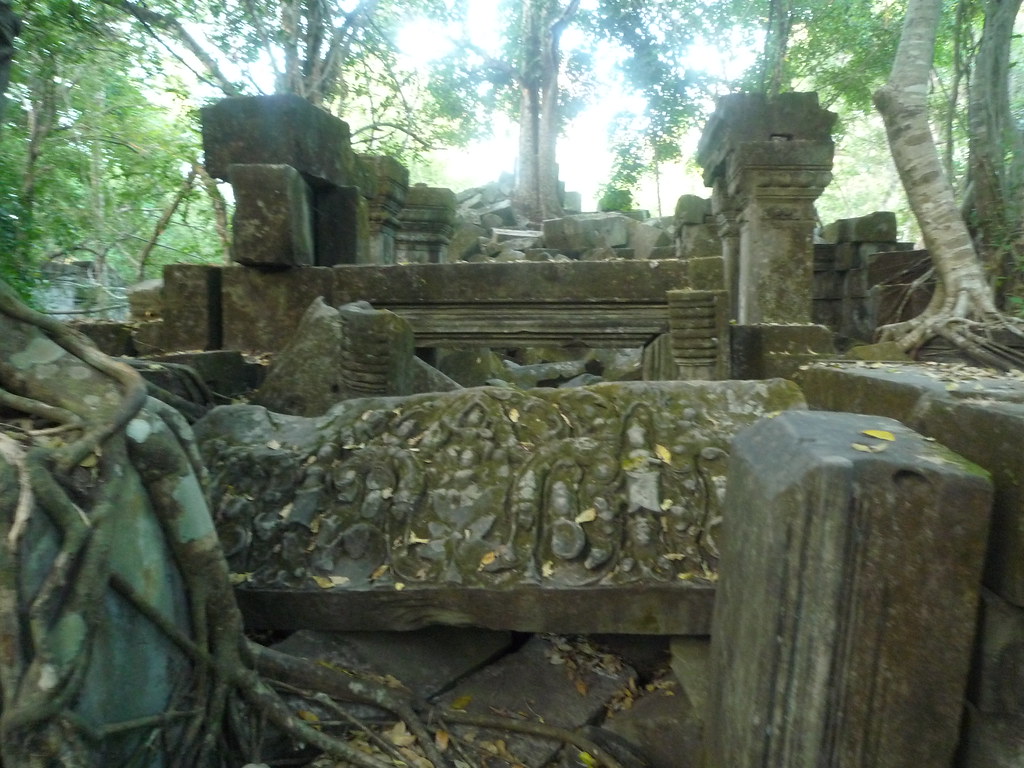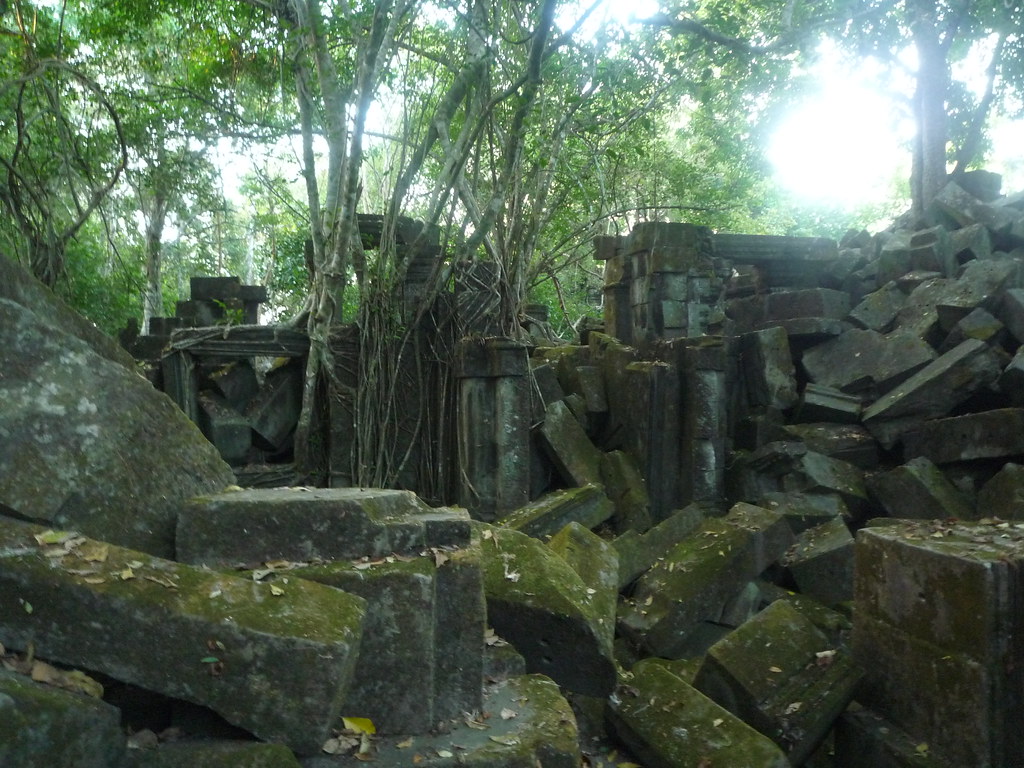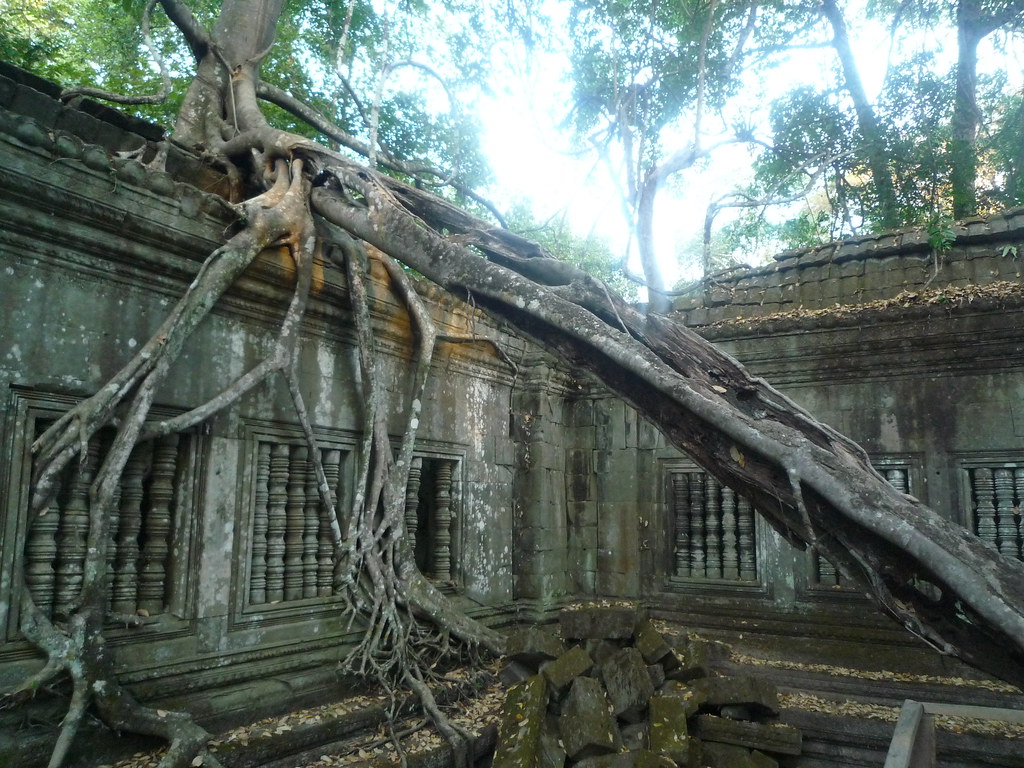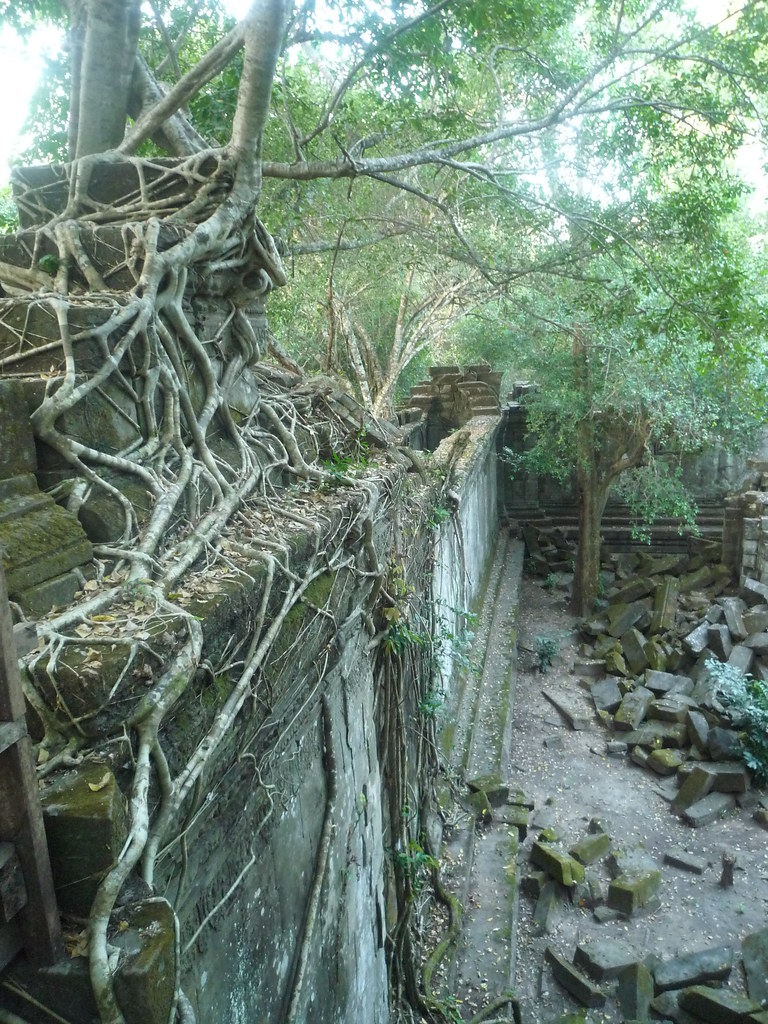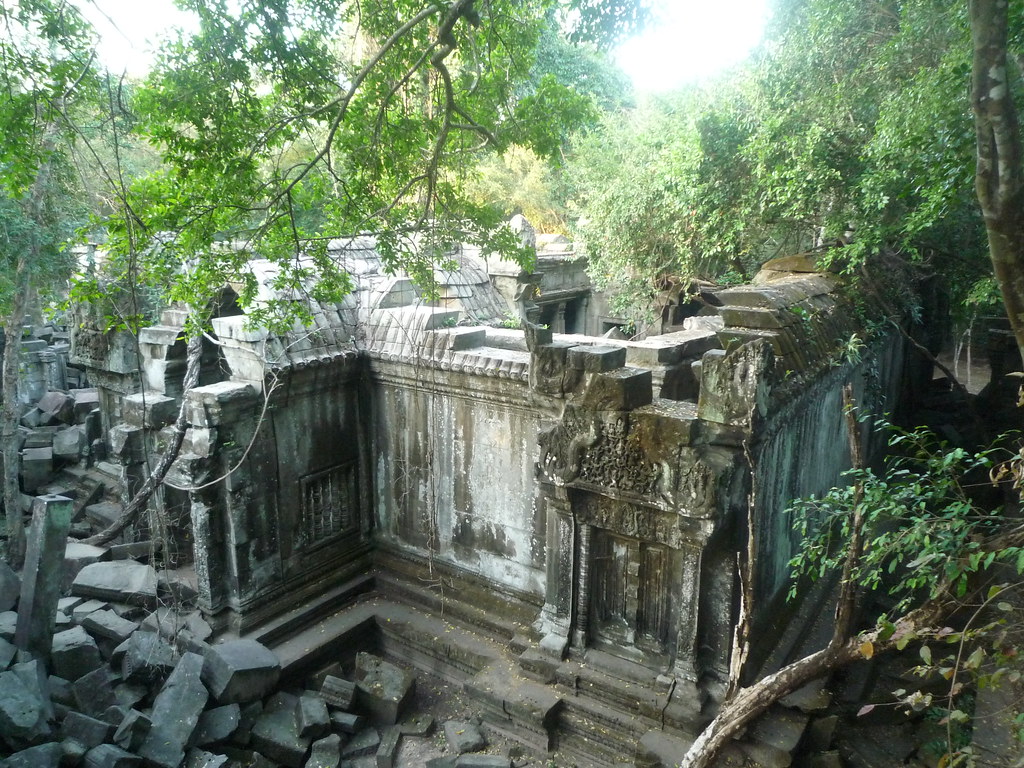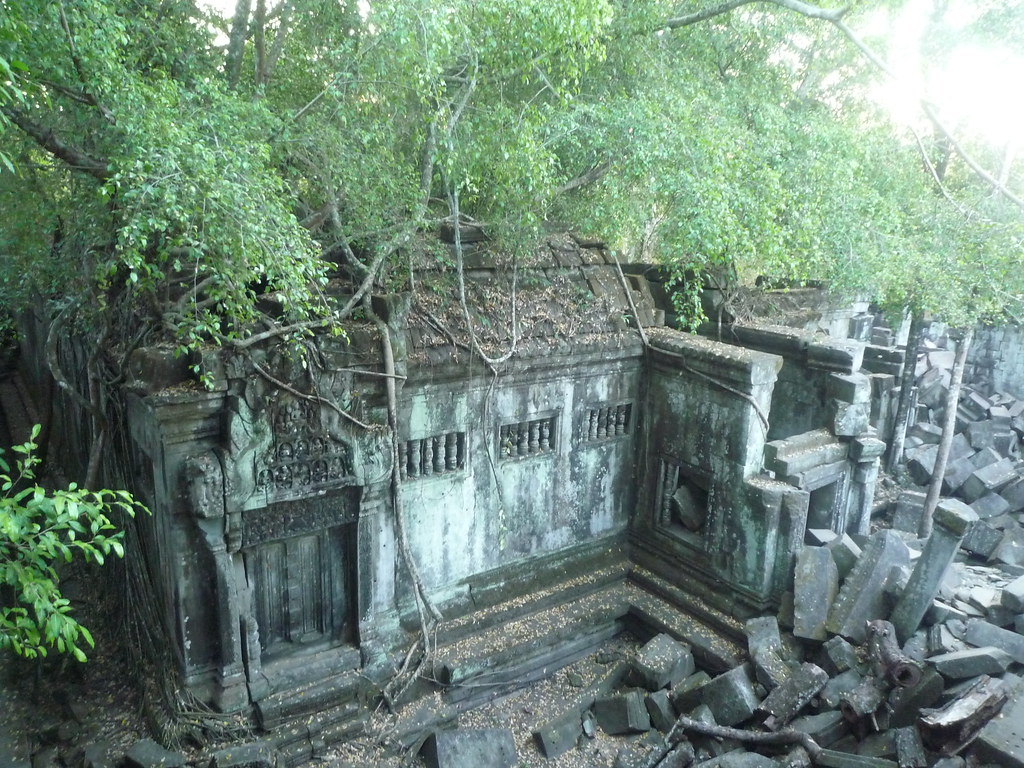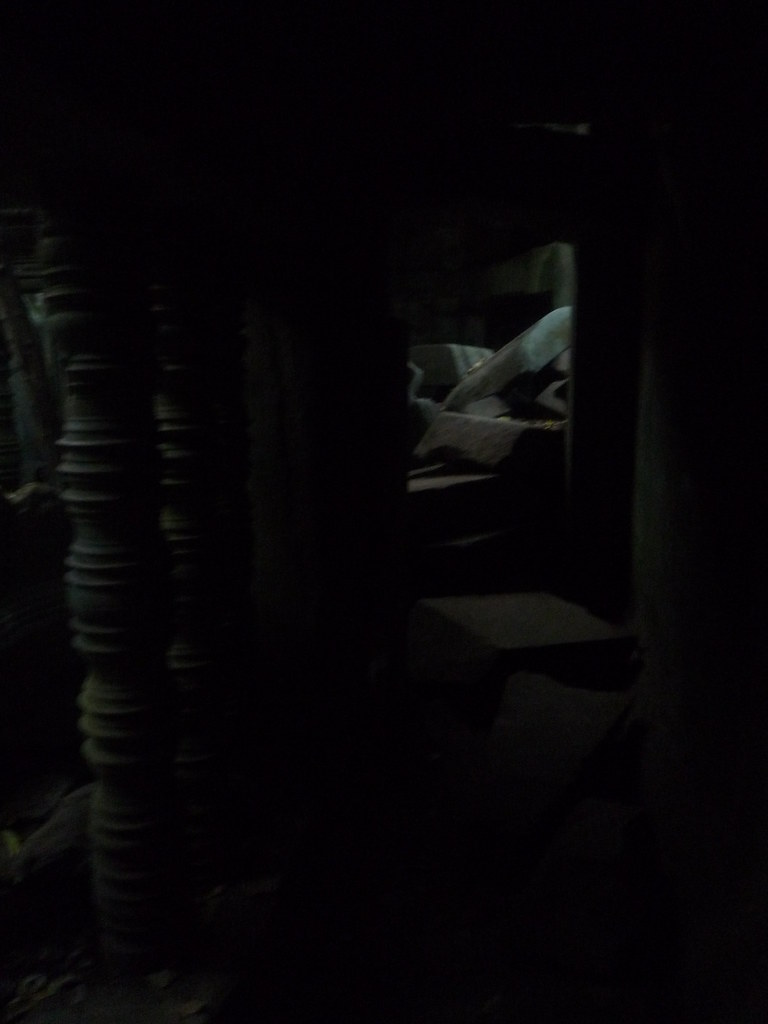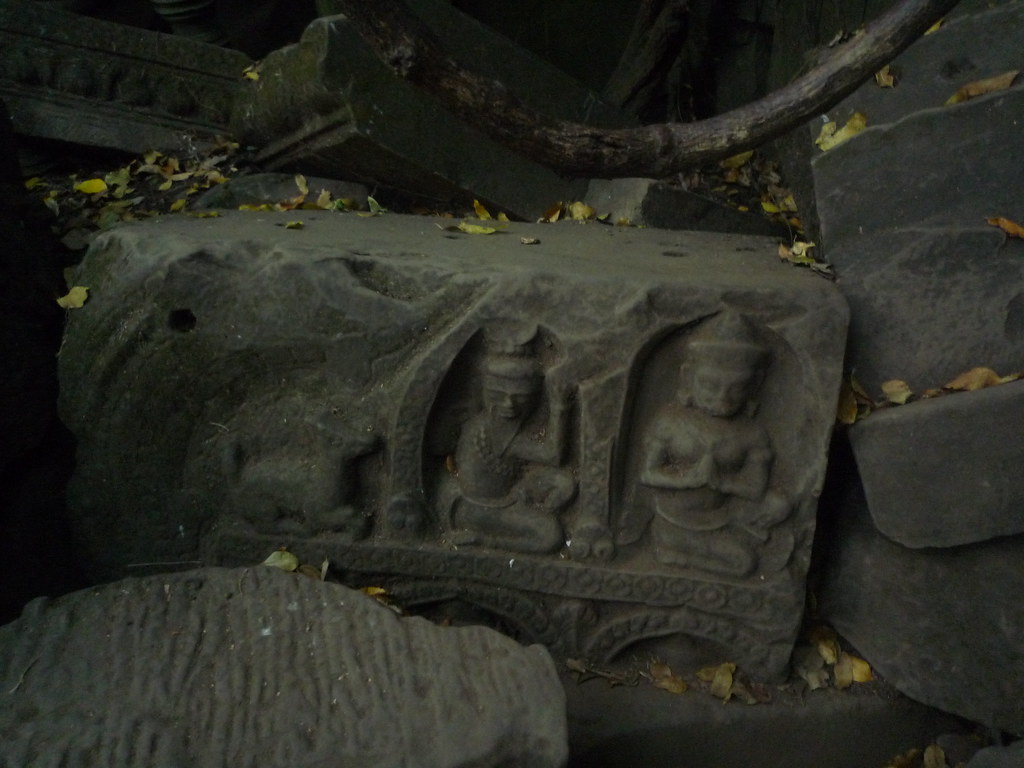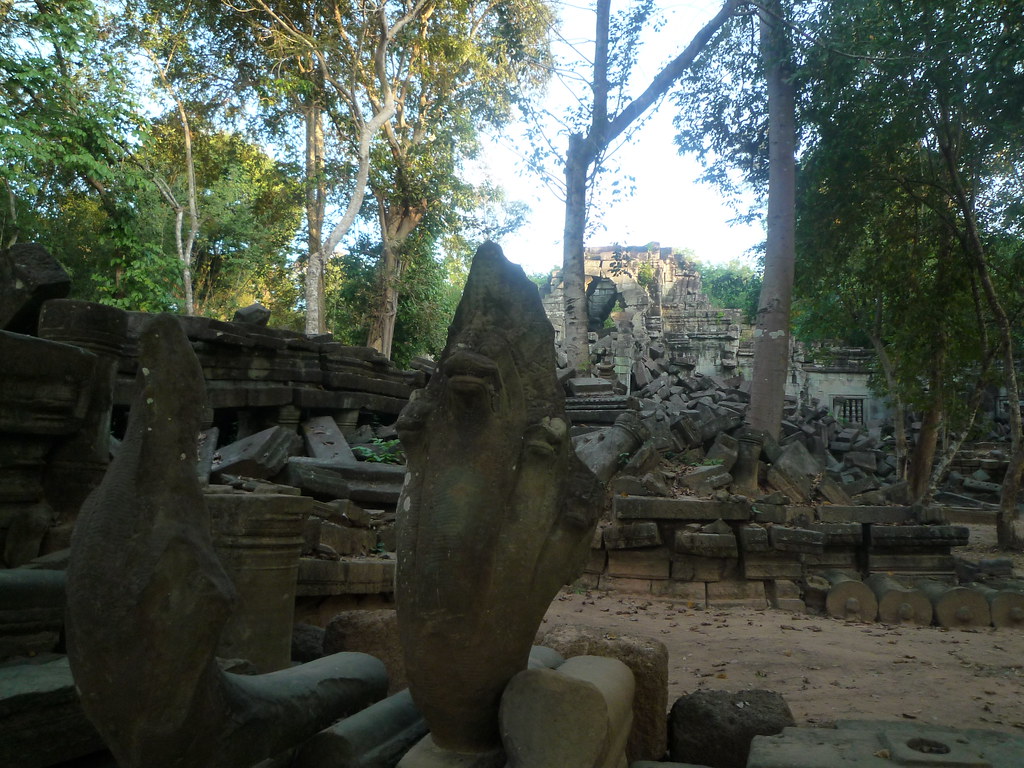
My flight from Halifax took me through Boston on to Iceland. I got a preview of things Icelandic with two documentaries: one about Sigur Ros and the other about the eruption Haimaey, both of which I will talk about more in a couple posts. I arrived at the Keflavik airport early in the morning on January twenty fifth. Of course, early in the morning is essentially dark when the sun rises at 10am. I took a rainy bus ride to Reykjavik, where I wandered around in the dark, eating fresh-baked bread and looking at the buildings and sculptures. I did a pretty good circuit of the main part of the city, scouting out many of the places I wanted to go once they opened. Gata is Icelandic for street, and Iceland once worshiped the Norse pantheon, resulting in the following street sign which my inner video game nerd found exceedingly satisfying:

In the background you can see Reykjavik's most iconic building,
Hallgrímskirkja (also seen at the beginning of the post as well as in many other of my all-too-many pictures). This church's design is meant to evoke basalt columns, which are prevalent both as a motif and as actual building materials in this uber-volcanic nation. Despite the streets in the area all being named for Norse gods (be still my heart), the church is Christian. Iceland converted to Christianity during a meeting of their assembly where they opted to leave the decision to a single man. More on that later. The worship of the Norse pantheon has actually started again, or perhaps resurfaced from quiet continuation as they claim, though sadly I wasn't able to figure out where exactly their temple was.
During business hours I went to all three branches of the National Gallery of Iceland, which conveniently was both free on Mondays and also one of few activities open on the first day of the week. Considering that Iceland has a population one fifth that of Daejeon's it has an amazing art scene. The music is pretty well known internationally, or at least
Björk and Sigur Ros are. One of my new favorites is
Emiliana Torrini. The visual arts are well represented too, which is what was on display in these museums. My favorite artist, Anastasia Ax, turned out to be Swedish and was on display as part of an exhibit of Nordic winners of the Carnegie Art Award. The wreckage of her performance piece and the video of it were gripping (as you can see for yourself on
her myspace page). I was inspired to write
this short story afterward. Other museum highlights were listening to cello and bassoon provide appropriately haunting music for the viewing of the paintings of
Ásgrimur Jónsson and Jóhannes Kjarval, and seeing weird contemporary works painted onto the walls. I should note that these highlights were at different branches across town and that the music was in the National Gallery. I only got to see the sculpture garden outside the third branch since it was closed for the season.
After the museums closed I walked the five kilometers out to the area around the cheaper of the two city hostels. A recent trend in Iceland is to serve gourmet food made from traditional Icelandic ingredients. I decided to try this out at a restaurant called Vox (whose name inevitably made me think of the Reed organization with the same name that kept the dorms stocked with condoms, etc). I balked at the prices, so instead of getting what I really wanted I ordered a lamb soup that I still felt was overpriced for what I got. From there I went and checked in at the hostel (where I declined to smoke hash with my roommate) and went to the neighboring Laugardalslaug hot springs and swimming pool. I enjoyed sitting in the hot water with the locals as light rain fell upon us.
The following day I struck out early for Perlan, a former water treatment plant that houses the saga museum. Sagas are Icelandic tales of old, about the vikings who first colonized the island and of their early descendants. These tomes are not structured as we now expect stories to be with a beginning middle climax and end. Instead they just relate the events as they supposedly happened, often skipping to the juicy bits by saying "and then nothing much happened for a while" as a form of ellipses. Perlan features statues molded from local citizens and are remarkably lifelike. They even went so far as to sew individual hairs into what are essentially life-like masks and bodysuits. The statues depict various characters of legend and history in the saga period, roughly 1000 years ago. Notable figures include an older woman warrior who put a sword to her naked breast to freak out her enemies, a woman burned as a witch, and the aforementioned guy who decided on Iceland's official religion. The roof of Perlan has been converted to have a nice glass dome that houses an expensive restaurant (where I surreptitiously scrounged a bit) with great views over the city. The formerly-water-filled tanks are on a high otherwise undeveloped hill overlooking the city. Outside the complex there are two artificial geysers, though they weren't going on the day I went. I wasn't too disappointed since I'd be seeing the real thing soon enough.
From there I walked back to town past
Tjörnin (literally: the pond), the small lake in the historical center of the city. On the lake's shore lies the city hall,
Ráðhús Reykjavíkur. Lonely planet claims that everyone either loves or hates the postmodern design, but I found myself ambivalent. I didn't find the design particularly amazing, but it has its good points. I especially liked the rear entrance by way of a stairwell straight down into a pond, and how the glass and water reflect each other and the spectacular sunsets.

One nice thing about there only being six hours of daylight: you see every sunrise and sunset, both of which last for quite some time. However, I'm getting ahead of myself. During the daylight hours I also went to a museum with the unusual name of Reykjavik 871+/- 2. It is named for the estimated date (including the margin of error) of construction of its contents, Reykjavik's oldest discovered building. The museum creatively uses holograms to project what the home would be like over the remains of the home itself, and explains in detail the all that archeologists have discovered through interesting interactive displays.
That night I dined at Sj
ávarkjallarinn, where I learned to understand gourmet. The meal was so exquisite that it is deserving of
its own post.
I slept in the salvation army guesthouse which is right downtown and marginally cheaper than the distant city hostel. I was initially worried by jesus-heavy lobby, but it was totally fine otherwise. Before crashing for the evening, I went to an internet cafe (which I now think of as PC bongs after living in Korea and have to stop a minute to remember that we don't call them that in English). On Mark's recommendation I checked out Dragon Age, a video game that I now own and will rave about for hours if you let me (it's as much a super long choose-your-adventure movie as a video game, really).
On Wednesday I indulged my European Hobo roots and visited the city graveyard. Just before entering the cemetery I saw the first of several castings I would see of The Outcast, a statue by Einar Jonsson, and one of my favorite artworks in the country.
Inside I posed with the basalt headstone of the famed painter Jóhannes Kjarval.
Basalt was quite a common stone to use in the cemetery. The hexagonal columns are both common in Iceland and rather striking looking, so I guess that isn't surprising. Basalt was used laid horizontally or standing vertically or as bookends on more traditional headstones. I also thoroughly enjoyed the grave of an archivist and historian who had runes carved over his tombstone:
I proceeded across the street to the National Museum. Highlights include a remarkably well-preserved and intricately carved 13th century church door, burials complete with hordes, collections of viking weapons, and runic love charms to attract girls:


That evening I put my new-found appreciation of gourmet food to good use by savoring some tandoori salmon. I then walked out and 'slept' out by Perlon. Sadly, sleeping outside without a sleeping bag or tent or anything in Iceland in winter was about as successful as one would expect. I found a comfortable and secluded place under some trees with a rock ledge provided a wind block, but I still ended up getting up frequently to do push-ups, sit-ups, to run in place, or other physical activities that warmed me up. I learned to tuck my towel into my coat along my back to provide another layer between me and the cold ground, but it was still just too damned cold to sleep. I was able to catch some rest on the bus and ferry rides to Heimaey the next day.
